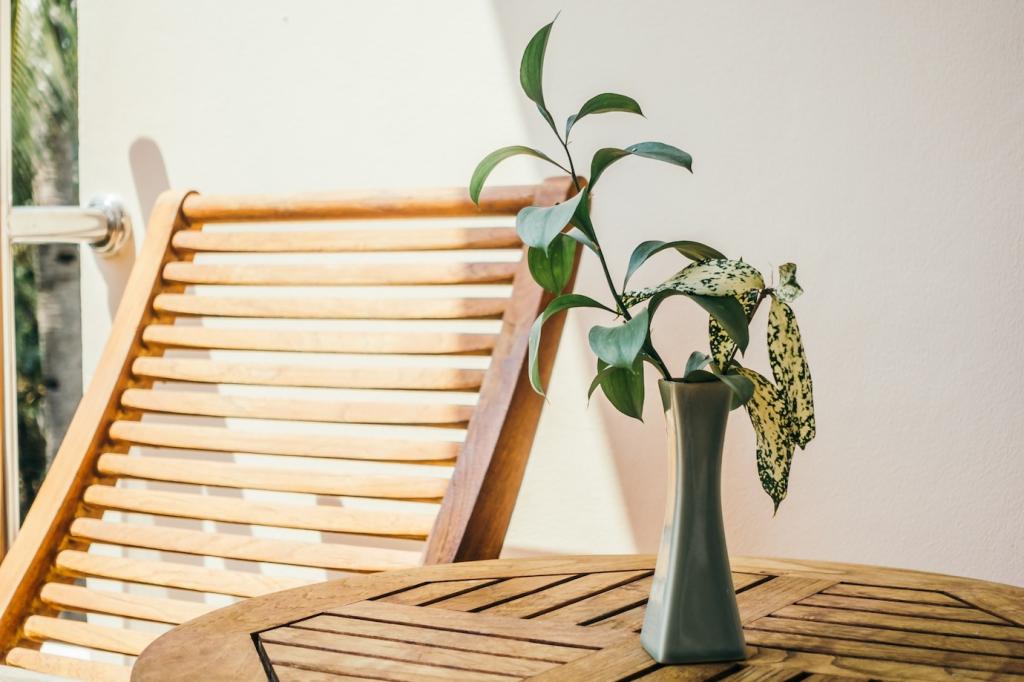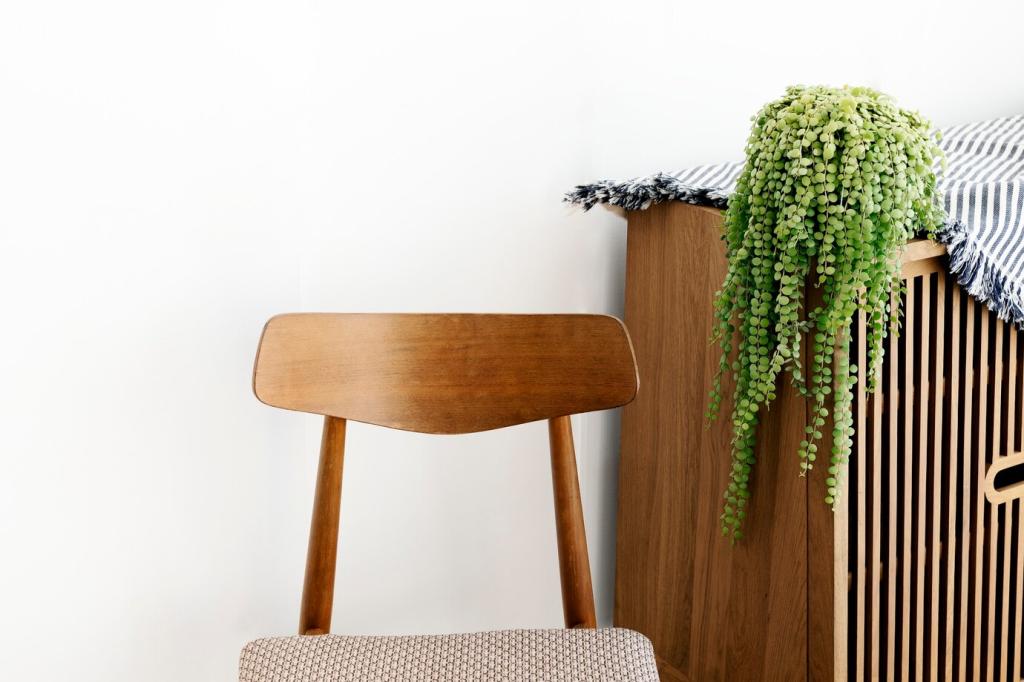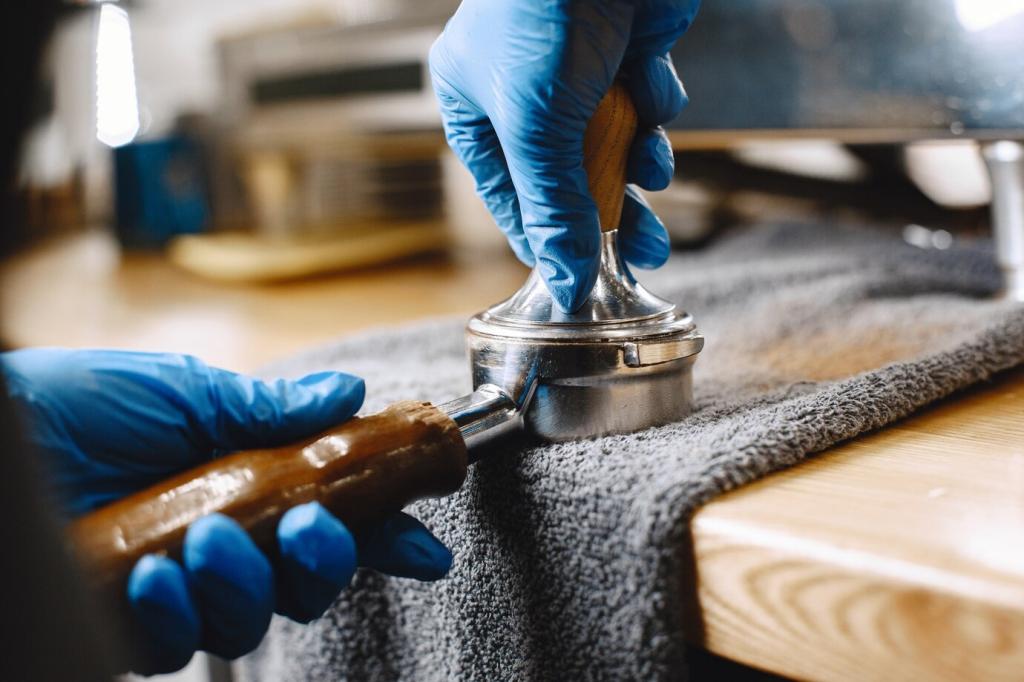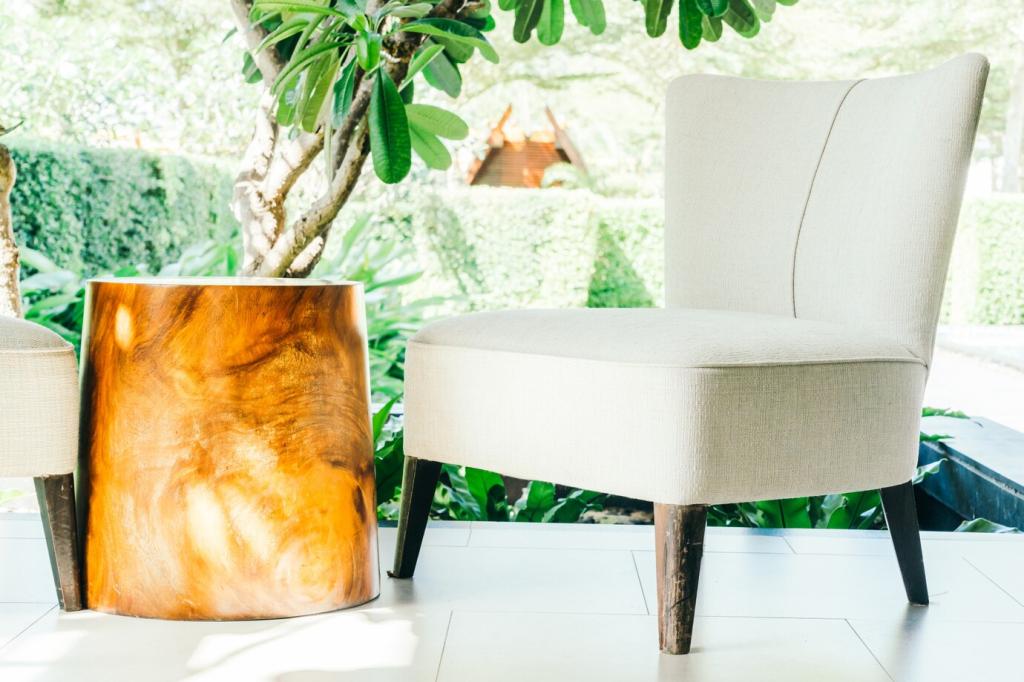Organic Practices for Wood Furniture Care: A Living Guide
Know Your Wood and Finish, the Organic Way
Hardwood vs. Softwood, and Why It Matters
Hardwoods like oak, walnut, and maple are denser and often respond beautifully to slow-penetrating plant oils; softwoods like pine absorb quickly and can blotch. Always test in an inconspicuous spot, observe absorption, and adjust your organic treatment.
Finish Types: Natural Oils, Shellac, and Wax
Natural oil finishes breathe and love periodic nourishment; shellac offers a warm glow but dislikes water and vinegar; wax adds protection and sheen. Identify your finish before cleaning so every organic step is safe, compatible, and restorative.
A Story from My Grandfather’s Desk
My grandfather’s walnut desk looked dull until a beeswax and jojoba balm revealed its quiet depth. One patient evening of hand-buffing revived family letters’ scent and memories. Share your restoration stories; they teach techniques and keep craft alive.

Use a clean microfiber cloth, lightly dampened with water, moving with the grain to avoid micro-scratches. A soft-bristle attachment on a HEPA vacuum lifts dust from carvings. Finish with a dry pass to banish lingering moisture and fingerprints.

Mix one teaspoon unscented Castile soap in one quart warm water for a gentle cleaner. Wring cloth nearly dry, wipe with the grain, and immediately buff with a second cloth. This minimalist mix removes grime without stripping delicate finishes.

Very dilute vinegar—one tablespoon in one quart water—can lift haze on sealed, modern film finishes. Avoid it on waxed, shellacked, or oil-only finishes where it may dull sheen. When unsure, skip vinegar entirely and choose mild soap and water.
Polymerized linseed oil cures faster than raw and avoids metallic dryers in many conventional blends. Walnut oil offers a warm tone—check for nut allergies. Jojoba, a liquid wax, resists rancidity. Patch-test, apply sparingly, and cure between thin coats.
Nourish with Plant-Based Oils and Beeswax


Guard Against Sun, Heat, and Humidity the Natural Way
Direct sun fades pigment and dries fibers. Rotate pieces seasonally, use breathable curtains, and consider UV-filtering window film rated for high ultraviolet reduction. Even small changes prevent uneven tanning lines and keep your organic finishes looking balanced.
Guard Against Sun, Heat, and Humidity the Natural Way
Wood swells and shrinks with humidity. Use a hygrometer and aim for forty to fifty-five percent. Houseplants and bowls of water near radiators gently balance dry air; in humid seasons, ensure airflow under furniture to discourage moisture pockets and warping.
Rubbing a walnut kernel can darken light scratches on certain finishes, but buff afterward to remove residue. For better blending, use a tinted beeswax stick, warmed slightly, then leveled with a card and polished to merge the repair.
Organic Fixes for Scratches, Rings, and Dull Patches
Trapped moisture often lifts with gentle heat. Try a hair dryer on low, moving constantly, or a warm iron over a dry cotton cloth in quick pulses. Stop frequently, inspect progress, and re-wax lightly once the haze disappears completely.
Organic Fixes for Scratches, Rings, and Dull Patches
Seek finishes and cleaners labeled low or zero VOC, plant-oil based, and solvent-conscious. Read full ingredient lists, not just slogans. Your lungs, home, and furniture benefit. Tell us which brands you trust so our community list grows stronger.

